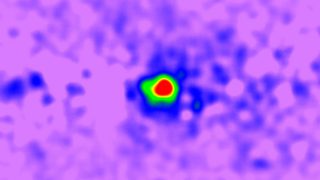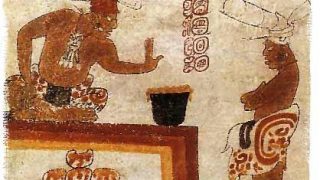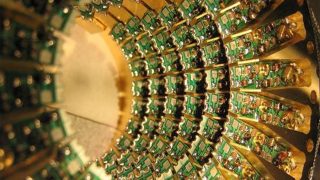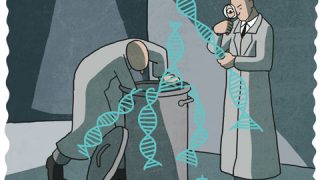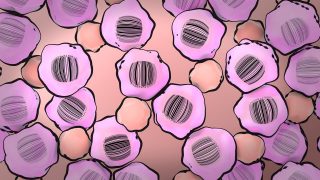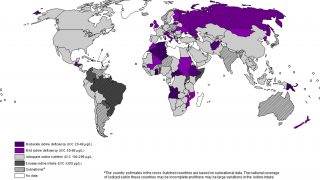
Salt and your IQ
Iodized salt has been on the market for decades, but do you know why it is so important for you? Iodine deficiency is one of the most common causes of preventable mental retardation worldwide. Moderate to severe iodine deficiency is associated with reductions of 13.5 points in mean intelligence quotient (IQ). Iodine is an important […]
